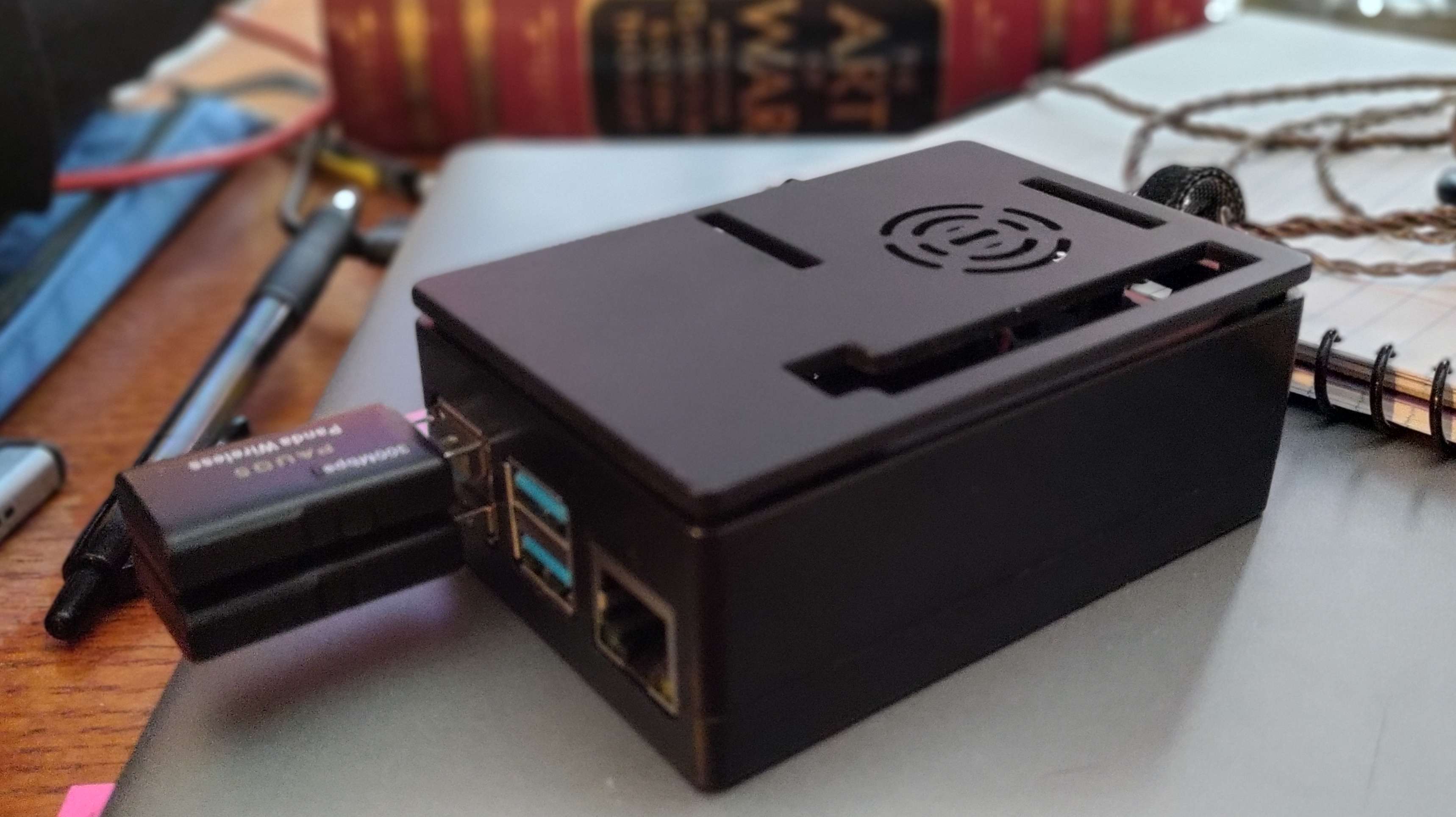I left the cover off a tower PC and walked away while it installed linux (yes, bad idea). The cover had the cpu fan mounted on it but the CPU also had a fan strapped on it. I don’t know if the CPU-mounted fan was running or if the machine was entirely dependent on the cover-mounted fan directly above the cpu.
Someone junked this PC (asus p5b) simply because it’s old (2007). Seems like a high-end gaming machine designed for overclocking. Strangely, when I returned to the machine to find it powered off, I felt the heatsink and it did not feel warm at all. Power supply is apparently fine because a green LED on the motherboard is lit. When I press the power-on button the HDD LED flashes for a split second but nothing happens.
I thought if CPUs get too hot there is a protection mechanism to force a power off. Was that the case in 2007? The manual mentions this:
CPU TM function [Enabled] Allows you to enable or disable the CPU internal thermal control function. In TM mode, the CPU power consumption is reduced. Configuration options: [Disabled] [Enabled]
Would that setting cause a protective shutdown? I don’t know how that was set.
Pull the CMOS battery. Hold the power button down for 30 seconds, it should try to boot once or twice. You’re clearing the BIOS and hopefully will get it to boot.
thanks for the tip… i would not have thought CMOS values would cause this but it’s worth a try. Note that there is a CMOS clearing jumper so I guess I’ll try that first.
UPDATE: I tried your procedure as well as the procedure in the manual and it made no difference. The manual said unplug and remove the battery, then move the jumper for 5-10 secs, then move it back. I guess the jumper is analogous to holding down the power button.
It was a long shot. Good luck.
That jumper is what we had back then for a “clear cmos” button.
I’ve never seen a clear CMOS button… is that what modern boards have now?
Yup, the higher end ones even have it next to the io on the back.
Ran into a similar problem with an older used machine and it ended up being a ram stick that went bad. Try booting with one ram stick and then the other (if possible).
thanks for the tip but that’s not either. I tried each ram stick independently as well as with no ram and it was the same every time.
Posting this SO before my reply: https://superuser.com/questions/1571472/pc-wont-turn-on-short-flash-of-light-and-then-nothing
Also Reddit post that might be helpful: https://www.reddit.com/r/NZXT/comments/q3fxxx/pc_wont_even_turn_on_just_keeps_flashing_like/
I’m a bit confused as to the exact issue and I can’t really picture this right now, but try taking out everything and unplug the psu as well. What I mean by taking out everything, I mean also including the cpu. After it is all out, put in everything one by one starting with the psu. For ram check if there is a specific order you have to put them in (Yes this is a thing and I had to do this when upgrading my ram on my dell precision). Whenever you are testing one by one, pay attention to any noise or led lights. Machines usually either blink a pattern or make a noise of kind of like a morse code. This is very helpful with figuring out the issue since the lights and noise are actually error codes that can be looked up. Put the harddrive last and the cpu second to last this way we can try to eliminate any other issue. If everything including the CPU seems good, check the cables and reapply the thermal paste to the CPU. Also if you have another PSU lying around try switching them out.
Also check if the HDMI is plugged in and the monitor is on before doing all this. I know it is a bit condescending but trying not to be. Sometimes it is something simple.
EDIT: Try to check all the cables first and unplug and replug. Also try different outlets and whatnot.
Turn off the PC and PSU switched off, unplug the PC and click the power button a few times. Clear the CMOS battery. Keep it removed while you fully unseat the fan mount and CPU. Repaste and remount them and put a new CMOS battery in, if it’s from 2007 it’s likely on its last legs even it had been changed in 2014.
Clearing the CMOS will set the BIOS back to default, and reseating the fan and CPU will ensure any potential issue there has been cleared. It also gives you a chance to see if anything is burned


